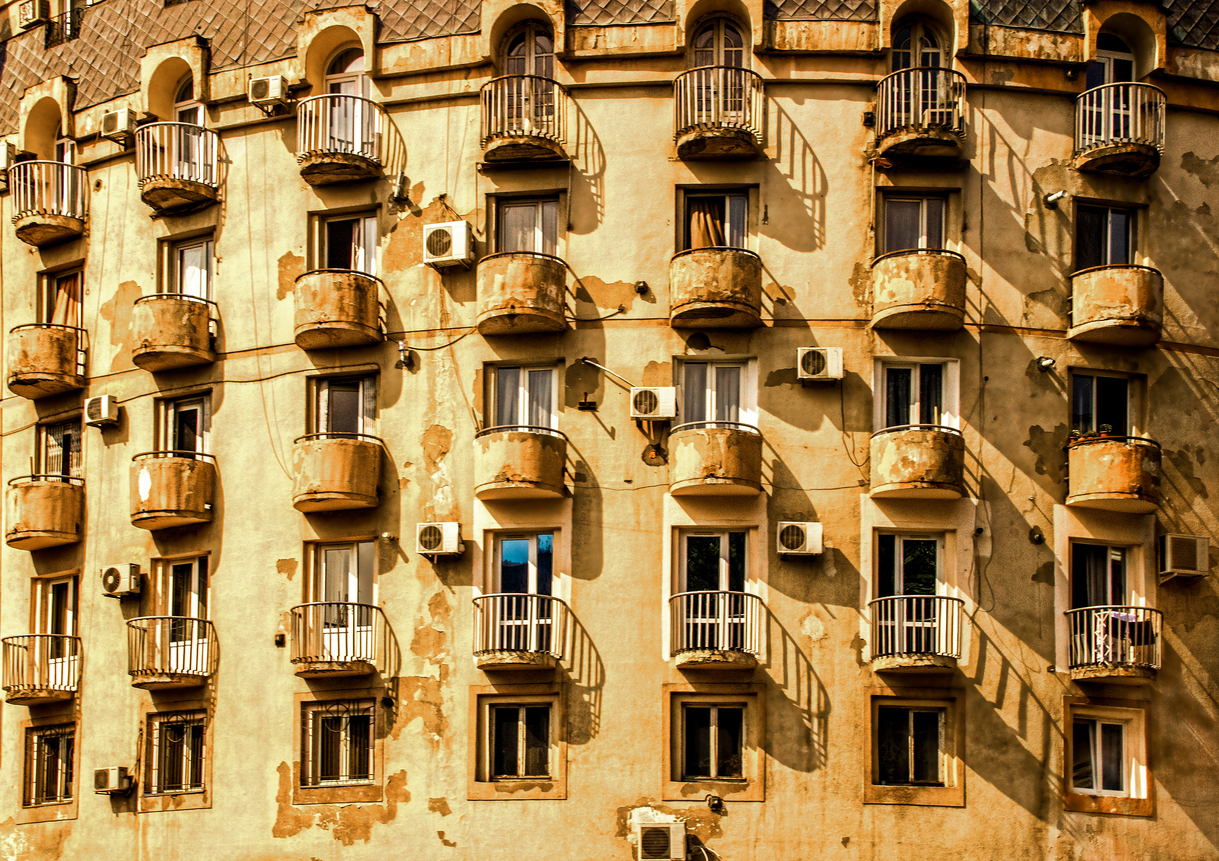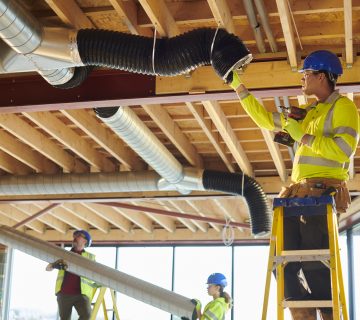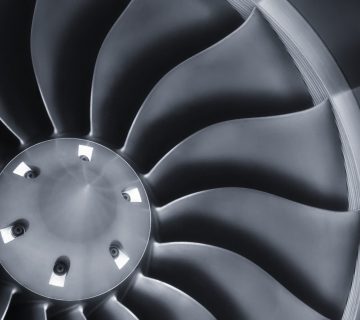Table of Contents
Installing modern HVAC systems in historic buildings presents a distinct set of challenges. These structures often feature delicate architecture, outdated infrastructure, and preservation requirements that make conventional HVAC installation methods impractical. However, as these buildings are upgraded for modern use, climate control is a critical part of ensuring comfort without compromising their historic charm.
At EDI, we’ve been helping HVAC installers navigate complex projects for over 50 years. With our experience and custom solutions like sheet metal fabrication, we know how to preserve the architectural integrity of historic buildings while bringing their climate control systems up to modern standards. Here’s how HVAC installers can tackle the challenges of these unique installations.
1. Balancing Preservation and Modernization
The biggest challenge when working with historic buildings is striking a balance between maintaining the structure’s original features and installing modern systems that meet today’s energy and performance standards. Many historic buildings have strict preservation guidelines, meaning that HVAC installers must find ways to integrate new equipment without disrupting or damaging important architectural details.
Custom sheet metal fabrication offers a solution. By creating ductwork and components tailored to the building’s unique layout, HVAC installers can install systems that fit seamlessly into tight or unconventional spaces. At EDI, we specialize in custom fabrication that preserves the building’s aesthetic while delivering optimal airflow. From small, unobtrusive ducts to creative vent placements, our custom solutions ensure that historic buildings retain their character while benefiting from modern climate control.
2. Working Around Structural Limitations
Historic buildings often have limitations when it comes to structural modifications. Many were not designed with modern HVAC systems in mind, and installers can face obstacles like limited space for ductwork, lack of ceiling clearance, or fragile materials that cannot be disturbed.
This is where our 90-plus years of combined experience in air distribution come into play. We work closely with HVAC installers to analyze take-off projects and provide practical solutions for these structural challenges. Whether it’s fabricating smaller ducts to fit narrow spaces or designing components that can be installed with minimal impact on the building’s framework, we ensure that your installation preserves the structure while still delivering effective airflow.
3. Managing Inconsistent Room Sizes and Layouts
Unlike modern buildings, which are often designed with uniform layouts, historic buildings can feature rooms of varying sizes, irregular ceiling heights, and intricate layouts that complicate HVAC installations. These inconsistencies can make it difficult to maintain even temperature distribution throughout the building.
Custom zoning solutions, paired with air distribution devices, allow HVAC installers to tailor systems to the unique configuration of the building. At EDI, we provide zoning expertise and equipment that ensures each room—no matter its size or shape—receives consistent airflow. By creating custom solutions for each area, you can deliver reliable climate control without compromising the integrity of the space.
4. Minimizing Disruptions to the Building and Occupants
Many historic buildings serve as museums, public spaces, or businesses that need to remain operational throughout renovations. HVAC installers must find ways to complete installations with minimal disruption to both the building and its occupants.
At EDI, we understand the need for efficiency in these projects. Our goal is to provide custom HVAC components and solutions that streamline the installation process, minimizing the time and labor involved. From pre-fabricated ducts to precise product delivery schedules, we help HVAC installers complete their work quickly and efficiently while maintaining the building’s functionality.
5. Preserving Aesthetic Integrity with Discreet Components
A major concern when installing HVAC systems in historic buildings is maintaining the building’s aesthetic appeal. Exposed ductwork or large HVAC components can detract from the historic features that make these buildings special.
Our custom metal fabrication services allow us to create HVAC components that blend into the architecture without drawing attention. Whether you need custom-fitted vents or low-profile ducts, we craft solutions that prioritize both function and aesthetics. We work with installers to ensure that the HVAC system serves the building’s needs while respecting its visual and historical significance.
Conclusion: Partner with EDI for Historic Building HVAC Solutions
Installing HVAC systems in historic buildings requires a combination of technical expertise, creative problem-solving, and custom solutions. At EDI, we’re proud to support HVAC installers with the products and guidance they need to tackle these unique challenges.
With over 50 years of experience in air distribution and sheet metal fabrication, we offer innovative solutions that preserve the integrity of historic buildings while providing modern comfort. Contact us today to learn how we can help you deliver successful HVAC installations in architecturally significant buildings.




